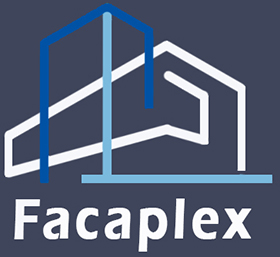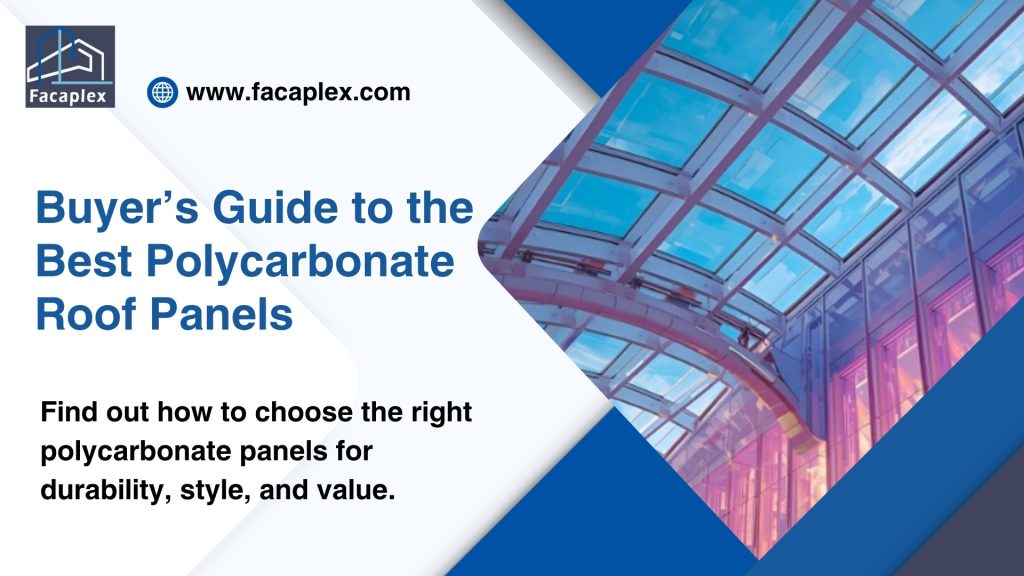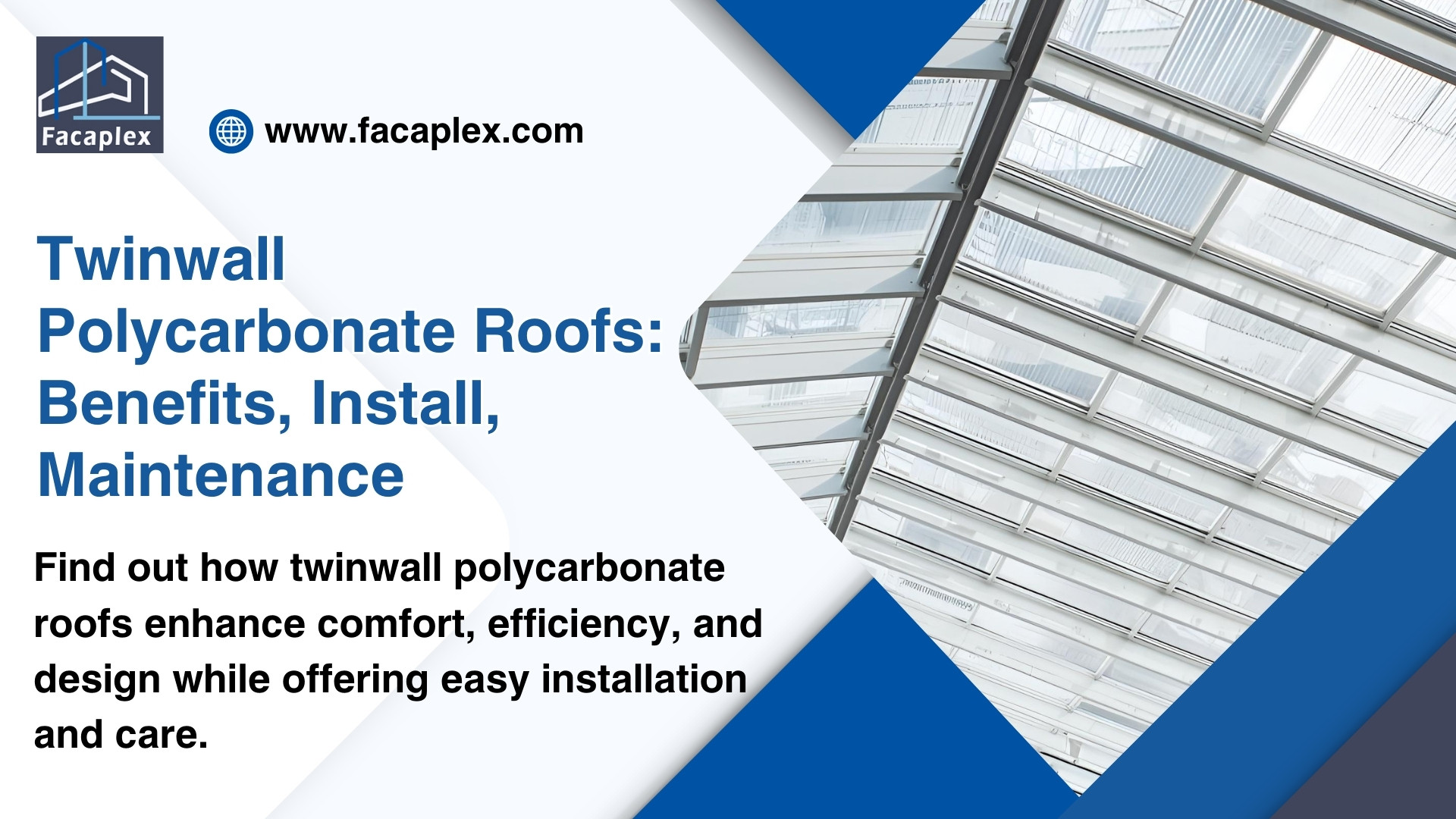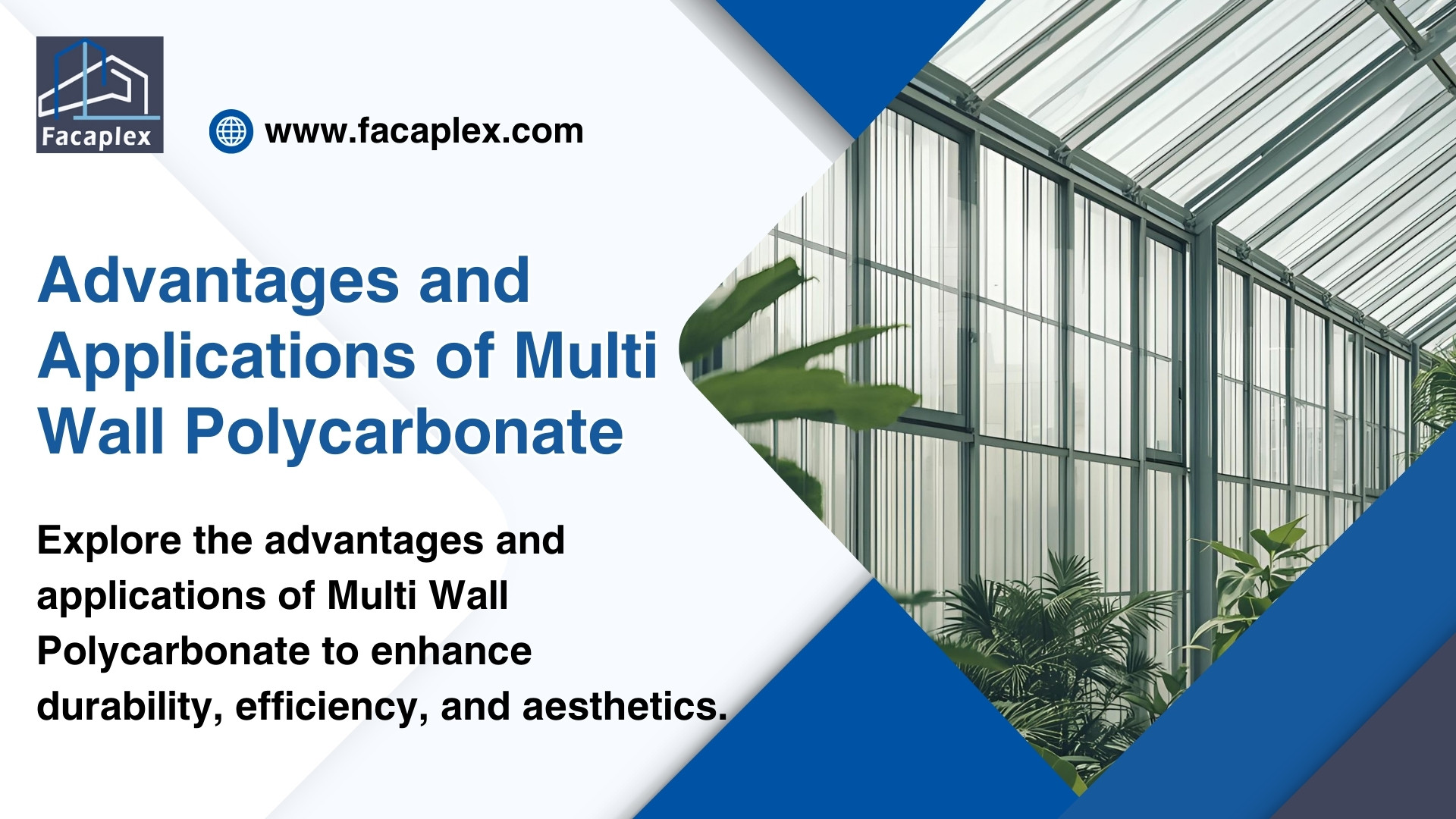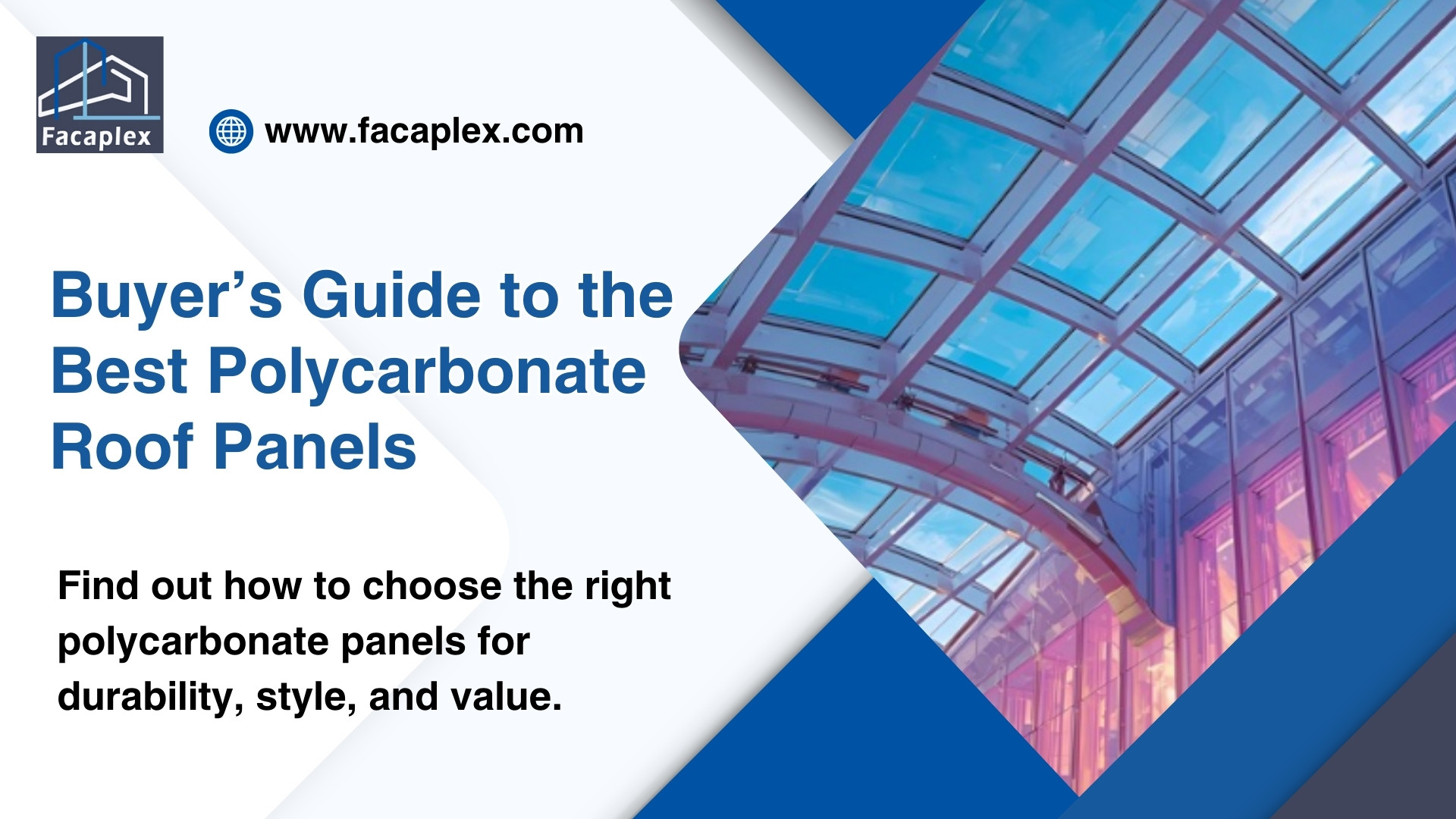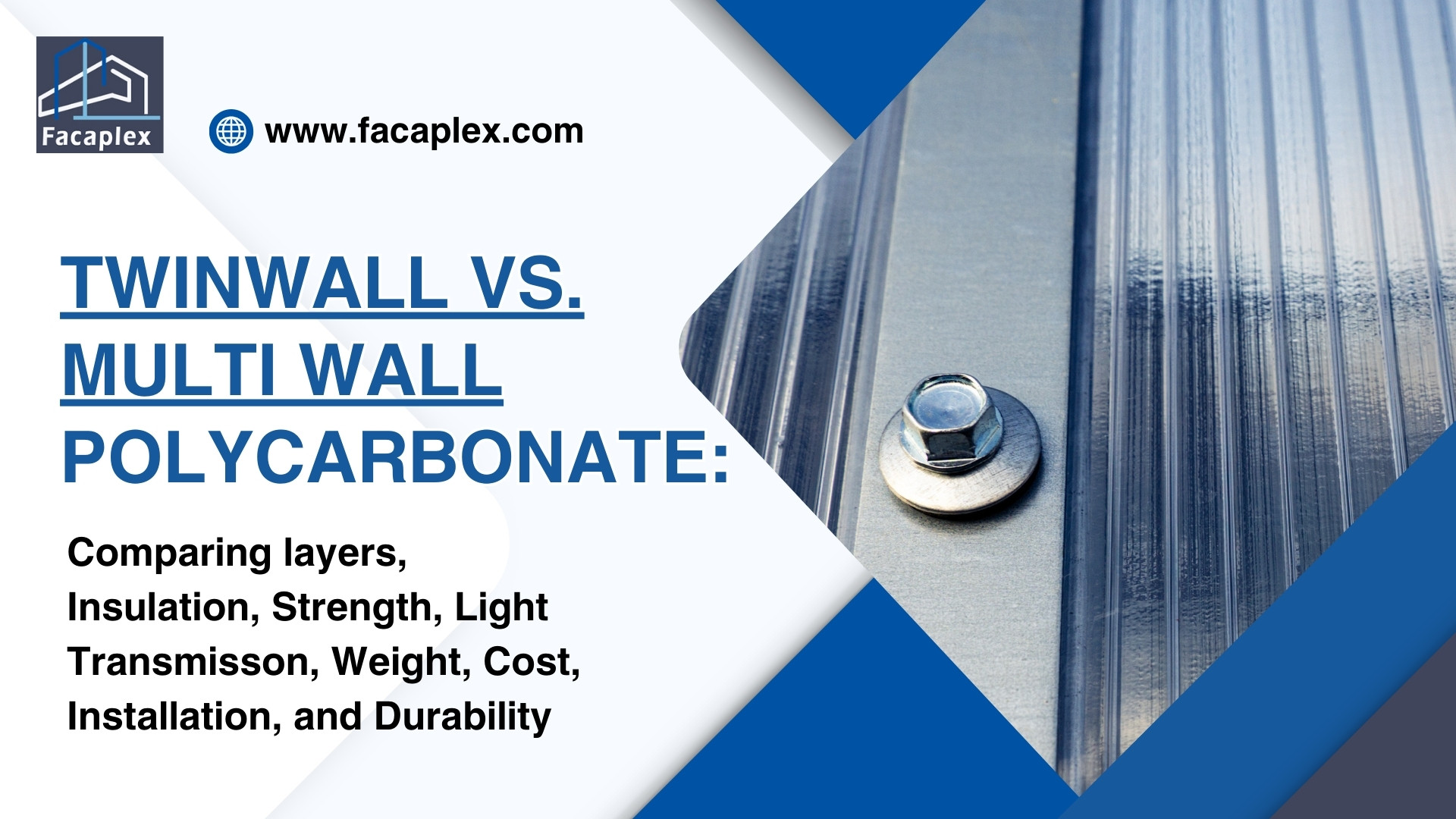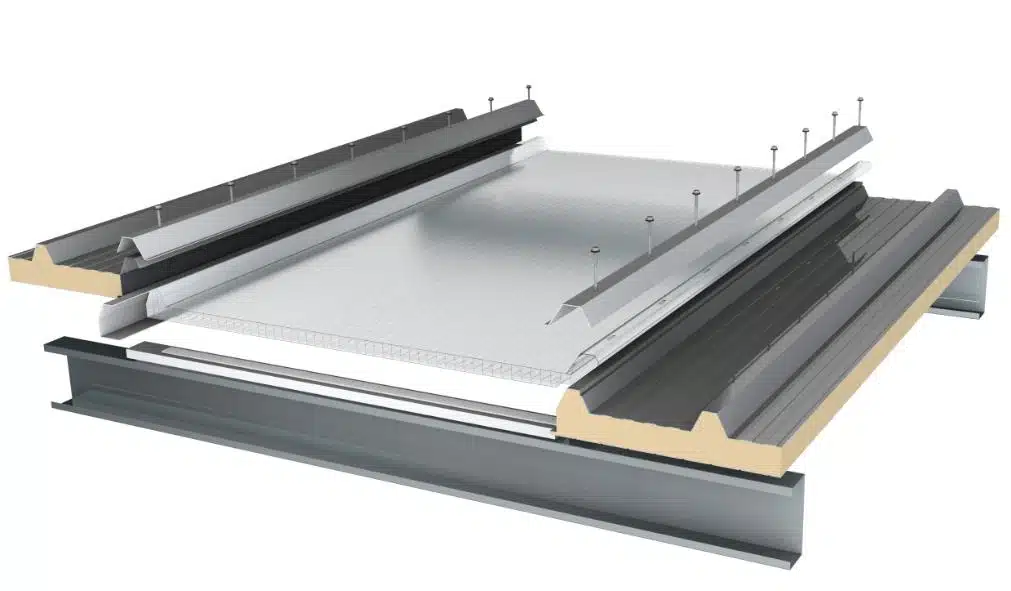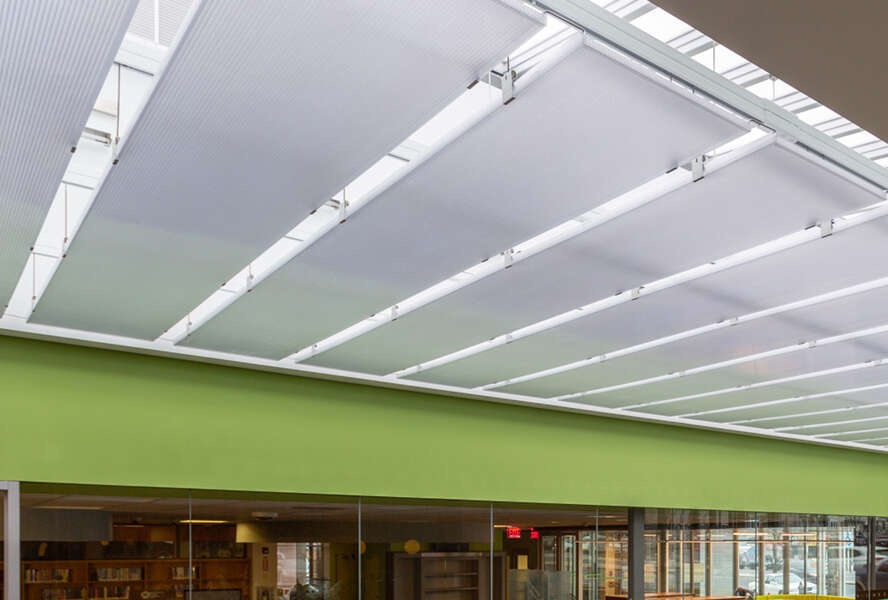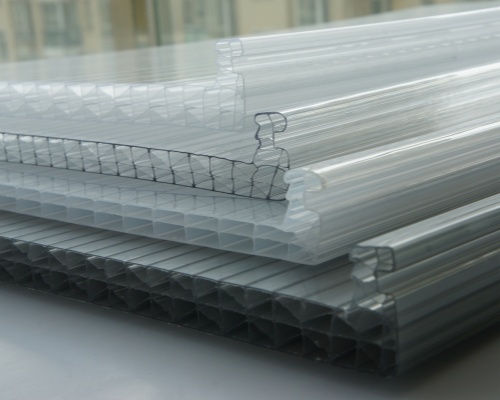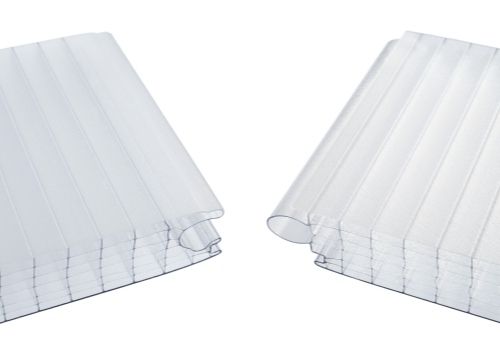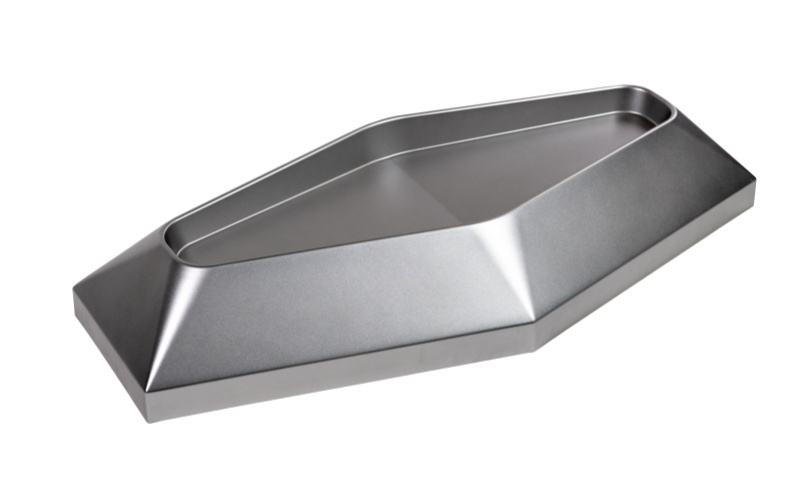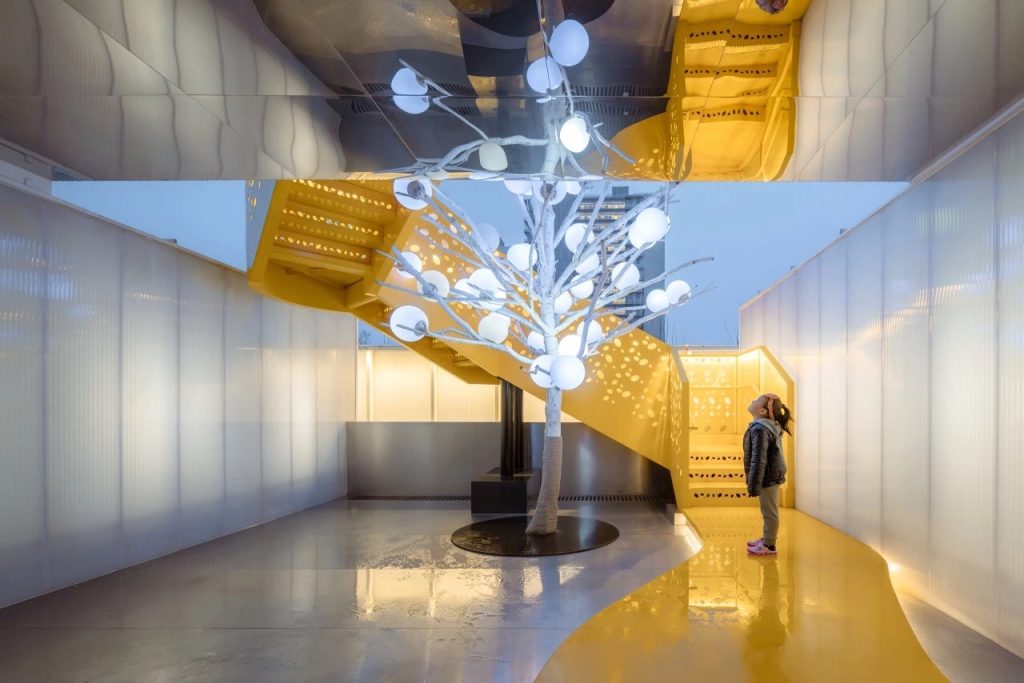Choosing the right roofing material can make a huge difference in both the durability and appearance of your outdoor or indoor structure. Among the many options available today, polycarbonate roof panels stand out for their strength, versatility, and cost-effectiveness. Whether you’re building a greenhouse, carport, patio cover, or even a modern skylight, these lightweight yet resilient panels offer excellent protection against harsh weather while allowing natural light to filter through.
In this guide, we’ll walk you through the key benefits of polycarbonate roofing, factors to consider before making a purchase, and the best options currently on the market—so you can find the perfect solution for your project.
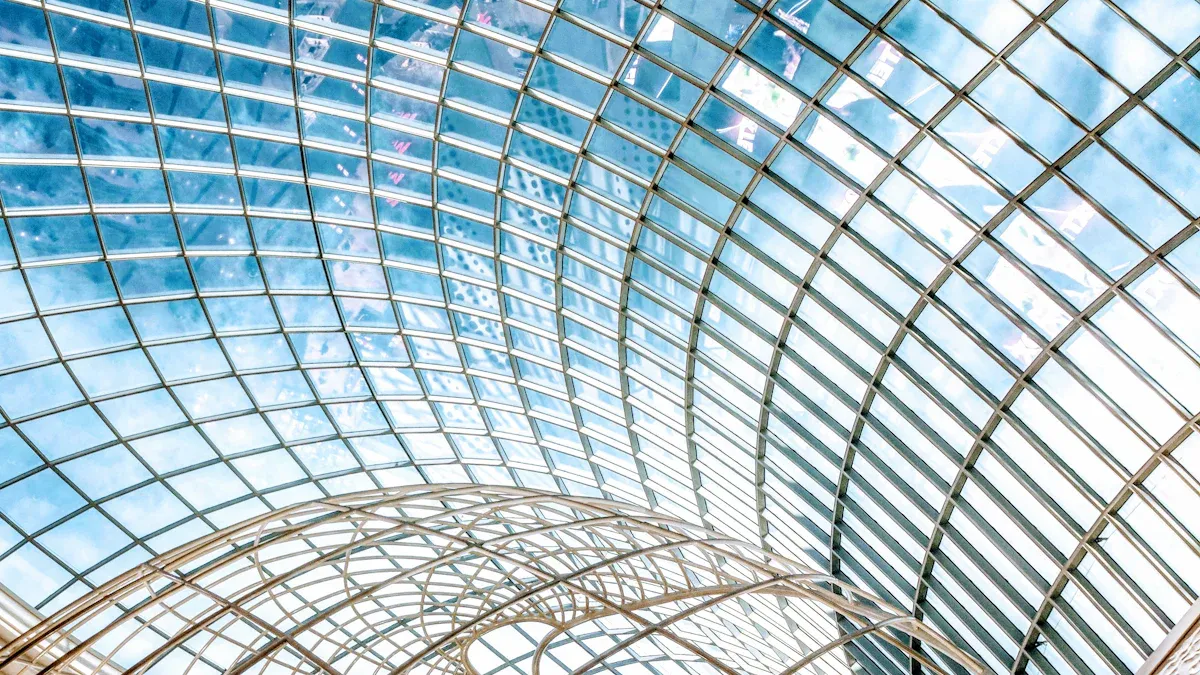
Polycarbonate Roof Panels Overview
Benefits
Polycarbonate roof panels offer strong impact resistance. They can withstand hail, falling branches, and heavy rain. Many panels block harmful UV rays, which helps protect people and plants underneath.
These panels weigh less than glass or metal. This makes them easier to handle and install. Polycarbonate also provides good insulation, which helps control temperature in greenhouses and patios.
Popular Uses
People use polycarbonate roof panels in many settings. Greenhouses often feature these panels because they let in light while keeping out cold air. Often used for patios and pergolas to create shaded outdoor spaces.
Carports and sheds also benefit from polycarbonate roofing. The panels protect vehicles and tools from weather damage. Some commercial buildings use them for skylights or covered walkways.
The best polycarbonate roof panels work well in both residential and commercial projects. Their versatility and strength make them a popular choice for many applications.
Types of Polycarbonate Panels
Solid
Solid polycarbonate panels look similar to glass. They offer high impact resistance and clear visibility. Many builders choose them for areas that need strong protection and a sleek appearance.
These panels work well for skylights and windows. They also resist yellowing from sunlight. Their smooth surface makes cleaning easy.
Multiwall
Multiwall polycarbonate panels have two or more layers with air pockets in between. These air pockets help insulate against heat and cold. Multiwall panels weigh less than solid panels but still offer good strength.
People often use multiwall panels for greenhouses and patios. The insulation helps control temperature inside these spaces. Multiwall panels also reduce noise from rain and wind.
A table below shows some differences:
| Feature | Solid Panel | Multiwall Panel |
|---|---|---|
| Insulation | Low | High |
| Weight | Heavy | Light |
| Clarity | High | Medium |
Corrugated
Corrugated polycarbonate panels have a wavy shape. This design adds strength and helps water run off quickly. Corrugated panels resist impacts and harsh weather.
Many people use these panels for sheds, carports, and outdoor shelters. The wavy pattern makes installation simple. Corrugated panels often cost less than other types.
Choosing the right type depends on the project’s needs. The best polycarbonate roof panels match the application, climate, and budget.
Choosing the Right Panel
Key Factors
Climate affects how polycarbonate panels perform. In hot regions, panels with strong UV protection last longer and keep spaces cooler. Cold climates need thicker panels for better insulation and to prevent cracking.
Intended use shapes the choice of panel type. Greenhouses need panels that let in light but also keep warmth inside. Carports and patios benefit from panels with high impact resistance and fast water drainage.
Budget sets limits on which panels to consider. Thicker and multiwall panels often cost more but offer better insulation. Corrugated panels usually cost less and work well for simple shelters.
Application Match
Each project needs a specific panel thickness and design. Greenhouses often use 8 mm twin wall panels for insulation and light transmission. Patios and pergolas work well with 6 mm or thicker panels that block UV rays.
Carports and sheds need panels that resist impacts and harsh weather. Corrugated panels suit these uses because they drain water quickly and handle strong winds. For skylights, solid panels provide the best clarity and strength.
The table below shows common matches:
| Application | Recommended Panel Type | Suggested Thickness |
|---|---|---|
| Greenhouse | Multiwall | 8 mm |
| Patio | Solid or Multiwall | 6-10 mm |
| Carport | Corrugated | 0.8-1.2 mm |
| Skylight | Solid | 4-6 mm |
Common Mistakes
Many buyers choose panels based only on price. This often leads to poor performance and early replacement. Some select panels without checking if they suit the local climate.
Others pick the wrong thickness for their project. Thin panels may crack in cold weather or under heavy loads. Overlooking UV protection can cause panels to yellow or become brittle.
Installation and Maintenance Guide
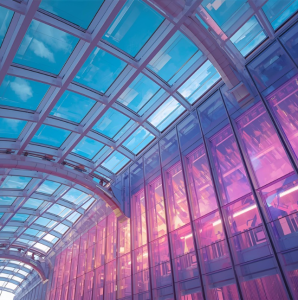
Installation and Maintenance Guide
Polycarbonate panels are popular for their easy installation. Most panels come with clear instructions and require only basic tools. Some panels feature pre-drilled holes or interlocking edges, which help speed up the process.
Different brands offer unique benefits. Some panels provide higher impact resistance, while others focus on insulation or UV protection. For example, certain panels work best for greenhouses because they balance light transmission and insulation.
Top-selling products often stand out for their clarity and strength. Some clear panels allow maximum sunlight, which helps plants grow. Others offer extra layers for better insulation in colder climates.
Common problems and solutions
Improper installation can cause leaks or panel movement. Gaps between panels may let in water or dust. Using the correct fasteners and sealing joints with recommended materials can solve these issues.
Some panels may crack if exposed to heavy impacts or extreme cold. Choosing the right thickness and type for the climate helps prevent this problem. If a panel cracks, replacing it quickly stops further damage.
Discoloration or yellowing sometimes occurs after years of sun exposure. Panels with strong UV protection resist this problem. Regular inspection helps catch early signs of wear.
Cleaning and maintenance advice
Polycarbonate panels need regular cleaning to stay clear and strong. Use a soft cloth or sponge with mild soap and water. Avoid harsh chemicals or abrasive brushes, which can scratch the surface.
Rinse panels with clean water after washing. Dry them with a soft towel to prevent water spots. Check for debris or leaves that may block drainage channels.
Tips to extend lifespan
Proper care extends the life of polycarbonate panels. Inspect panels each season for cracks, loose fasteners, or blocked drainage. Fix small problems before they become bigger issues.
Store extra panels in a dry, shaded place. Avoid stacking heavy objects on top of panels to prevent warping. Panels with UV protection last longer in sunny climates.
Choosing the best polycarbonate roof panels for the project and following maintenance tips ensures long-lasting performance. Regular attention keeps panels looking good and working well for many years.
Buying Tips: Polycarbonate Roof Panels
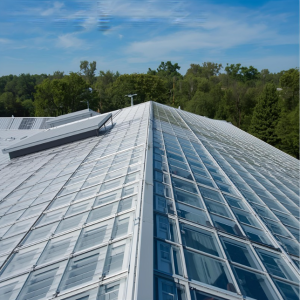
Compare Material
Many buyers focus on how panels look. Performance matters more than appearance. Polycarbonate panels with higher impact resistance and UV protection last longer.
A simple table can help compare features:
| Feature | Importance |
|---|---|
| Impact Resistance | High |
| UV Protection | High |
| Insulation | Medium |
| Clarity | Project-based |
How to spot genuine products
Genuine polycarbonate panels come with clear labeling and product information. Authentic products often include a warranty card or certificate. Packaging should look professional and undamaged.
Look for these signs of authenticity:
- Manufacturer’s logo or stamp
- Product code or batch number
- Warranty details included
Practical Product Checklist
Use this checklist to match the right panel to your project:
- Identify the main use (greenhouse, patio, carport, etc.)
- Choose the correct panel type and thickness
- Check for UV protection and impact resistance
- Confirm warranty and after-sales support
Delivery, Sizing, and Warranty Tips
Request delivery from a trusted supplier. Inspect panels for damage upon arrival. Store panels flat and in a shaded area until installation.
Cut panels with a fine-tooth saw for clean edges. Wear safety gear during cutting. Review the warranty terms before purchase.
Conclusion
Selecting the right polycarbonate roof panels doesn’t have to be overwhelming. By considering key factors such as durability, light transmission, ease of installation, and maintenance, you can choose panels that enhance your outdoor space and provide long-lasting performance. With the right choice, polycarbonate panels offer both practical benefits and aesthetic appeal, making them a smart investment for any outdoor project.
